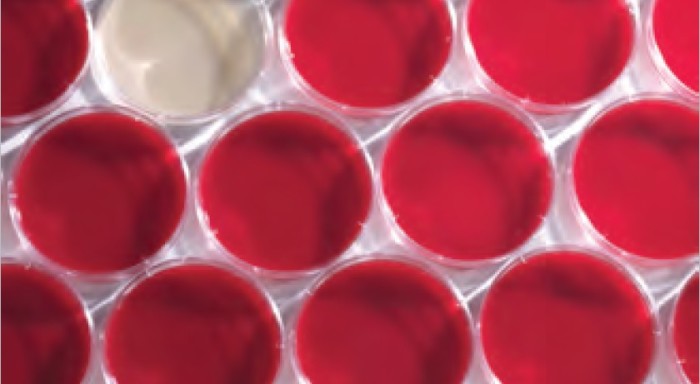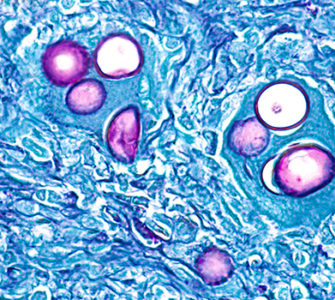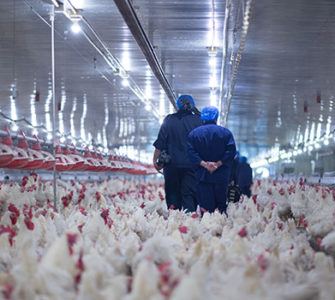Sericea lespedeza found ineffective for coccidiosis control in chickens
Sericea lespedeza (SL), a warm-season legume shown to help control coccidiosis in lambs, had no anticoccidial activity in chickens, according to a study conducted at the University of Arkansas.1
Investigators fed different levels of SL in the diet of chickens after they were orally infected with Eimeria acervulina, Eimeria maxima or Eimeria tenella, three of the several Eimeria species that cause coccidiosis in chickens. They evaluated the effect of SL on the ability of coccidia to replicate in the intestines and its effect on bodyweight gain, feed intake and feed-conversion ratio (FCR).
Chicks infected with a low, 500-oocyst dose of E. acervulina or E. maxima did not differ in the numbers of oocysts they produced in feces whether they were given 0%, 1%, 2% or 4% SL in the diet. In addition, investigators saw no significant difference in weight gain, feed intake or the FCR of birds infected with high doses of E. acervulina or E. maxima (200,000 or 100,000 oocysts/bird, respectively) whether 0%, 1%, 2% or 4% SL was included in feed.
There were no significant differences in the numbers of oocysts in feces, in weight gain, feed intake or the FCR among birds infected with E. tenella at low or high doses when 4% SL was included in feed.
“The results of this study indicate that SL has no anticoccidial activity against Eimeria species in the chicken,” say T. Rathinam and colleagues in Veterinary Parasitology online.
1 Vet Parasit 2014, January 31. ePub ahead of print. http://www.ncbi.nlm.nih.gov/pubmed/24594212. Accessed april 8, 2014.
Posted on January 22, 2015

















